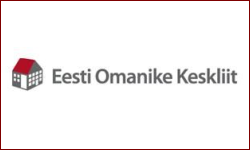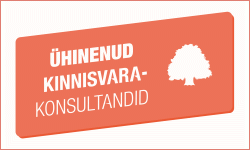 Estonian household consumption has been declining since the second half of 2022 and is still falling; however, real wages started to grow in the second half of 2023. Meanwhile, household confidence is at the level last seen during the Global Financial Crisis, also stands out in comparison to Latvian and Lithuanian households. Moreover, Estonian households have the weakest confidence among the EU countries.
Estonian household consumption has been declining since the second half of 2022 and is still falling; however, real wages started to grow in the second half of 2023. Meanwhile, household confidence is at the level last seen during the Global Financial Crisis, also stands out in comparison to Latvian and Lithuanian households. Moreover, Estonian households have the weakest confidence among the EU countries.
Private consumption expenditure accounts for roughly half of Estonian GDP, and, thus, is an important component for economic recovery.
The highest inflation rate in the EU pushed the Estonian price level closer to the EU average. Estonian households’ purchasing power is improving more slowly than Latvian and Lithuanian households’ and will not return to the level prior to inflation shock until next year.
The share of term deposits has increased to 36% in total deposits, as high interest rates have raised the attractiveness of savings, and the previous decrease in purchasing power and weak confidence are motivating an increase in the buffers. This, in turn, can limit to some extent household consumption, at least this year. Swedbank data show that in the second quarter annual real card spending decreased.
Rising purchasing power and the relatively resilient labour market should continue to improve household confidence this year; however, full recovery is distant. The hike in taxes and the government plans to introduce new taxes are suppressing household confidence, especially as they come while confidence is already weak, the economy is in protracted recession, the purchasing power of wages is not fully recovered, and monetary policy is tight.















